Searching for ants of the Tapinoma nigerrimum complex in the south of France
A recent study “High resolution mapping in Southern France reveals distributions of supercolonial and monodomous species in the Tapinoma nigerrimum complex (Hymenoptera: Formicidae) are related to sensitivity to urbanization” was published by Centanni et al.* in Myrmecological News. The authors investigated whether three Tapinoma species (T. darioi Seifert & al., 2017, T. magnum Mayr, 1861, and T. nigerrimum (Nylander, 1856)) differed in their distribution in relation to land use. Colonies were searched in over 900 sites in Montpellier (France). The probability of species occurrences was calculated based on land-cover classes positively correlated with urbanization. Based on the results, T. darioi was positively correlated with urbanization up to a certain threshold, while T. nigerrimum was more frequently present in natural habitats. Tapinoma magnum was very little observed in the study area, only in and around Montpellier. Here, first author Julia Centanni shares some pictures and videos.
Centanni et al.* = Julia Centanni, Bernard Kaufmann, Rumsais Blatrix, Olivier Blight, Adeline Dumet, Pierre Jay-Robert, and Alan Vergnes
A Photoblog by Julia Centanni
Julia Centanni is PhD student in ecology. She studies the causes and consequences of the invasion of the ant complex Tapinoma nigerrimum, which is composed of four species, in the Montpellier area, in the south of France. She works at the CEFE (Centre d’Ecologie Fonctionnelle & Evolutive), within the Université Paul Valéry together with her thesis supervisors Alan Vergnes and Pierre Jay-Robert.
This species complex is very interesting because it comprises three invasive species and one non-invasive, which allows comparisons easy among species. In addition, three of these species are present in Montpellier, which makes it an interesting study area because of the diversity of the landscape and the increasing urbanisation that reigns there.
We study the ants of the Tapinoma nigerrimum complex, composed of four species; T. darioi, T. magnum, T. nigerrimum and T. ibericum, all of which are very similar to each other morphologically and require genetic analysis (using microsatellites) for reliable identification.
In our study area, in and around Montpellier, T. nigerrimum and T. darioi are the most commonly species. We showed that T. darioi preferred urban habitats up to a certain threshold, often occurring near the coast, and rather rare in natural areas. In contrast, T. nigerrimum preferred natural areas and neither occurred in urban habitats nor near the coast. In this picture below, two Tapinoma workers, are probably engaging in antennal communication or trophallaxis. (© Alan Vergnes)
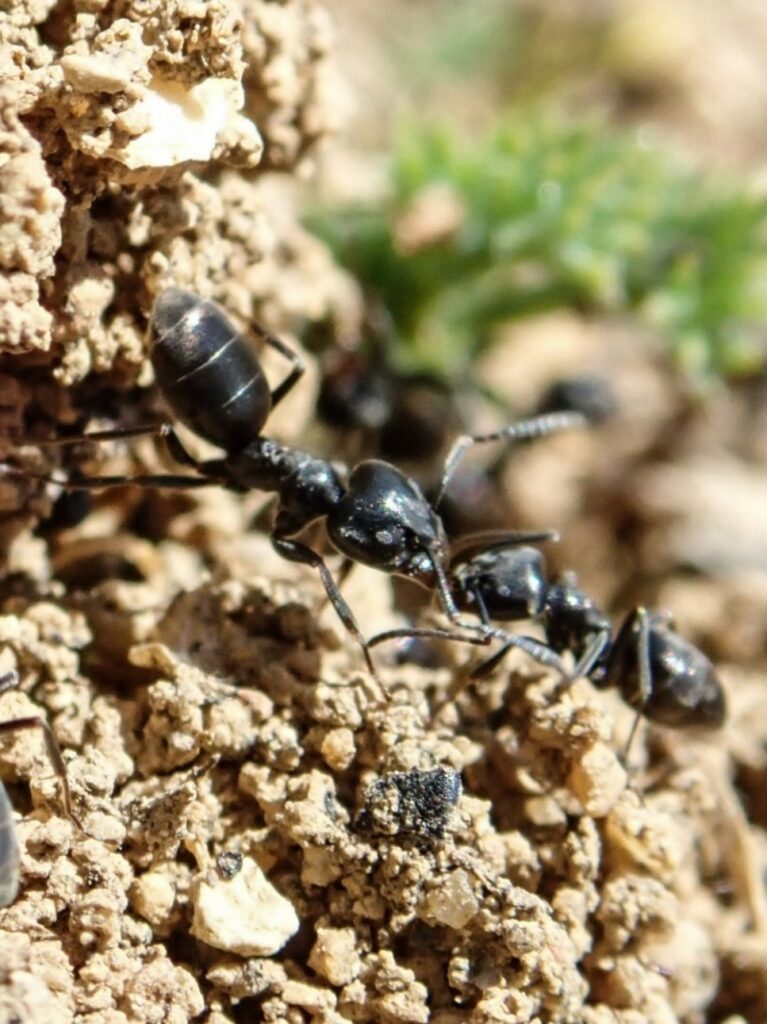
Honeydew from aphids constitutes a large part of the diet of Tapinoma. The picture shows a worker of one of the invasive species of the Tapinoma nigerrimum group collecting honeydew from aphids, probably Aphis nerii, on oleander in the island of Corsica. This behaviour is regarded as a nuisance in market gardening and horticulture, notably in Corsica. (© Rumsais Blatrix)

The ants do not hesitate to climb on plants to search for aphids and protect them from predators. Here, workers of ants of the Tapinoma nigerrimum group on a stem are interacting with green aphids. (© Yannick Juvé)

Tapinoma also feeds on various invertebrates. This is a photo showing a small group of workers belonging to a supercolony of Tapinoma darioi attacking a caterpillar. The photo was taken in an urban park in Montpellier. A genetic analysis made the identification to species level possible. (© Julia Centanni)

Supercolonial species in the Tapinoma nigerrimum complex use extensive networks of permanent trails on which dense traffic can be observed under suitable weather conditions. The picture shows the traces of this kind of circulation network made by Tapinoma magnum. (© Olivier Blight)

Supercolonies of the invasive species in the Tapinoma nigerrimum complex form a dense network of nests, each of which is polygynous and highly populous nests. The picture illustrates the typical activity at nests of Tapinoma darioi in urban parks in Montpellier. (© Alan Vergnes)

Sampling of Tapinoma darioi workers from the pavement using an entomological aspirator by our CEFE team. This instrument is used to aspirate the ants, which are then transferred into tubes containing 96% ethanol in order to preserve the DNA as well as possible. (© Julia Centanni)
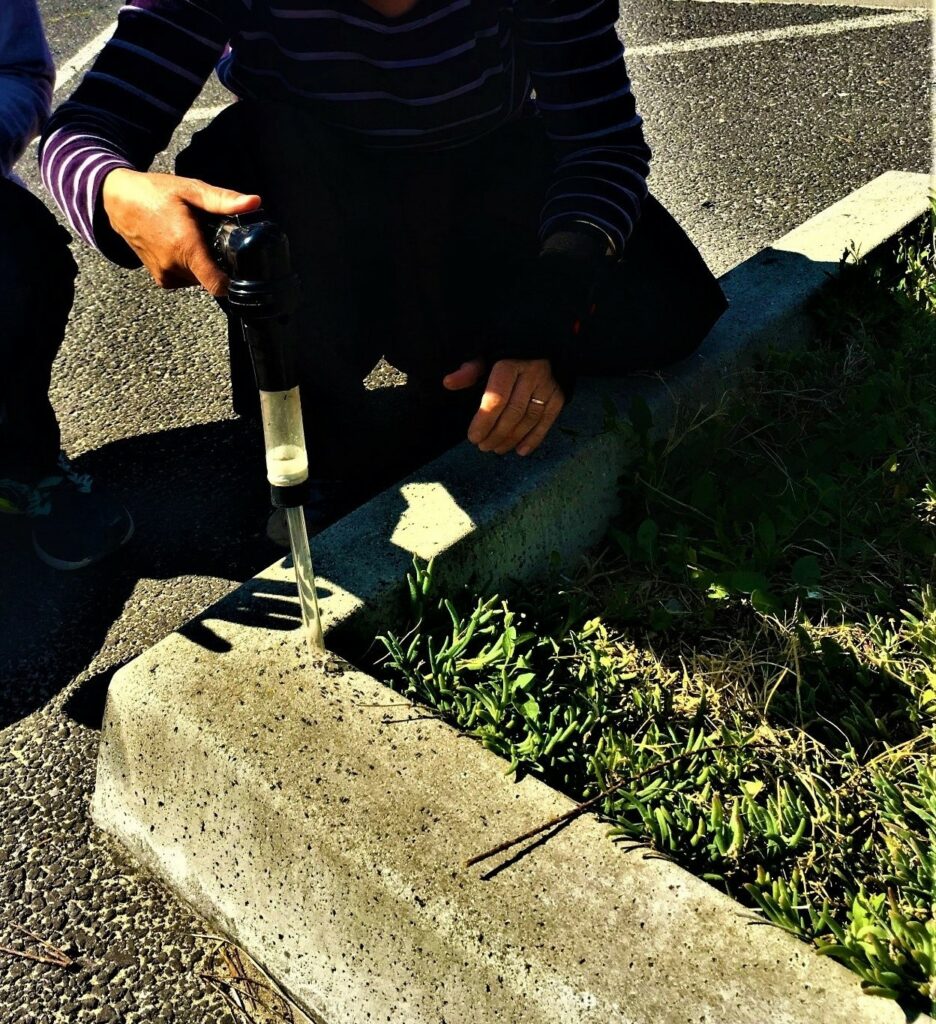
The study area, based in and around Montpellier, has a diversity of landscapes: urban, natural, and agricultural. We sampled in all of these landscapes, including highway verges and sunny beaches. This photo illustrates the different types of landscapes around Montpellier where we conducted our sampling. A) Tapinoma nest in the lower left of the picture, near the dunes of Carnon B) Prospecting close to a vineyard. Tapinoma darioi is frequently found in open sandy habitats along the coast and in urbanized areas, whereas T. nigerrimum is more common in natural or agricultural areas. (© Julia Centanni)
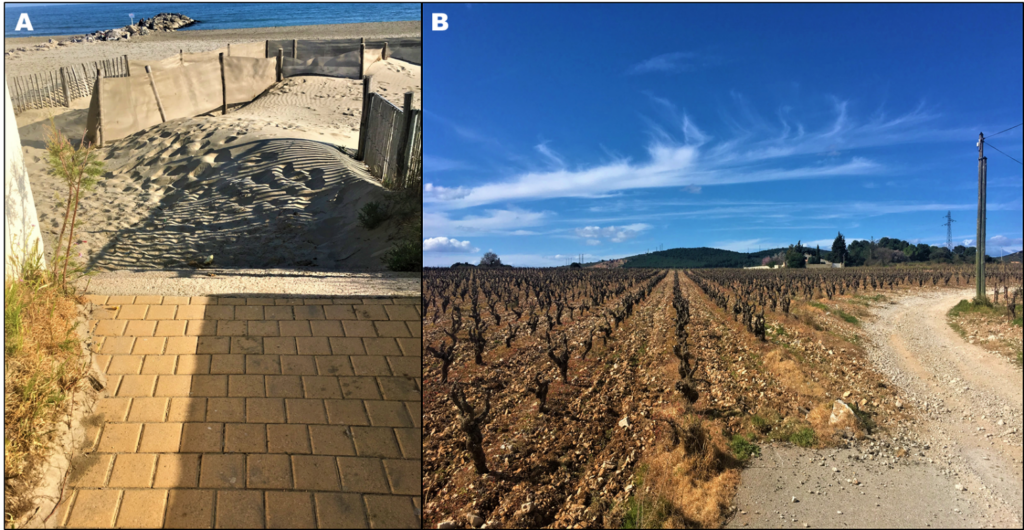
Video below: A colony of Tapinoma darioi forming linear trails along a pavement border an urban park in Montpellier. (© Alan Vergnes)
Video below: Activity on a Tapinoma nest after disturbance by strangers. (© Alan Vergnes)


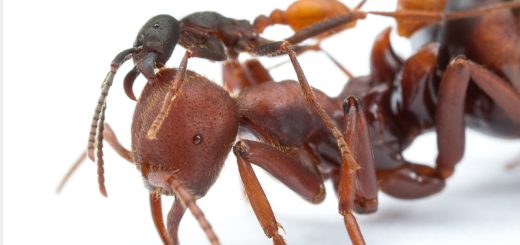
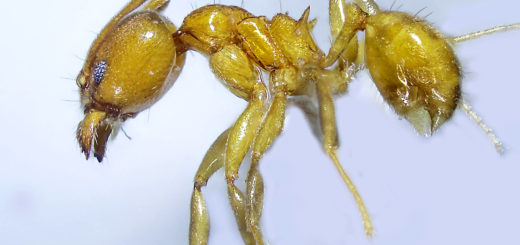
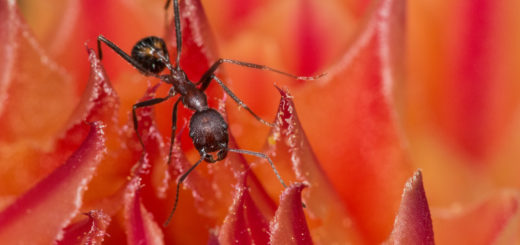
Thank you for this nice work. We are concerned mostly with T. magnum in Switzerland, imported from France and Italy with exotic trees….. In our case, we found T. magnum mostly in urbanized area (residential area as well). T. darioi was found until now only once or twice.
My first question: do you know if T magnum or darioi is tending rootaphids ? We stopped workers climbing on trees to collect honeydew but with very little or nearly no population reduction.
My second question: why is this T. magnum active at very low temperature (<5°C) in spring when local species are still inactive?
Thank you and good luck with your work
Daniel
I have incidentally observed root aphids when pulling grass away from nest openings of T. nigerrimum-complex colonies. Not enough to make any serious statements about them being tended or not, though.
I have seen the ants feast on any kind of carrion, be it invertebrate or vertebrate. They are certainly very good at getting food.
May I inquire how you stopped workers from climbing trees?
They used rings with glue.https://www.insekten-egz.ch/protokolle-berichte/ist-die-ameise-tapinoma-magnum-in-der-schweiz-invasiv-oder-nicht/